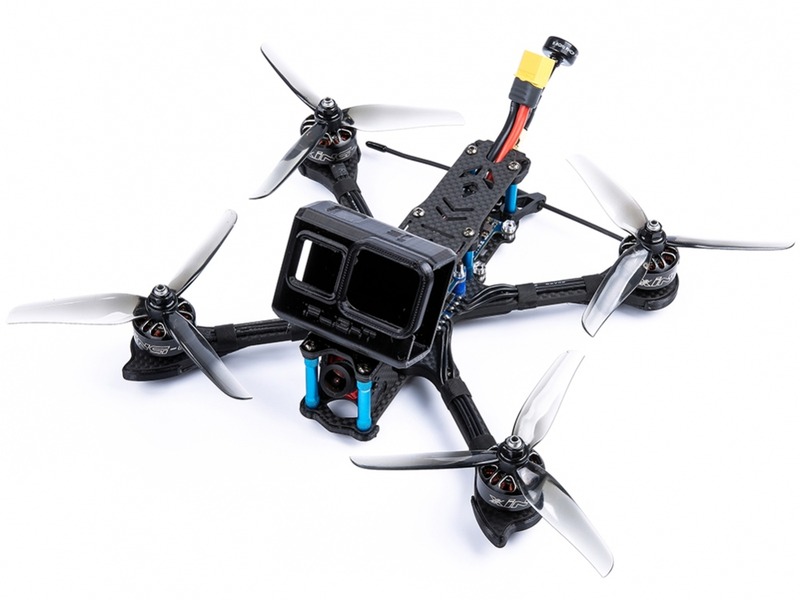How hot is too hot for a drone?

The answer to how hot is too hot for a drone depends on the type of drone, as different drones have different temperature limits. Generally speaking, drones are designed to operate in temperatures ranging from -4 to 104 degrees Fahrenheit (-20 to 40 degrees Celsius).
In terms of the internal components of a drone, the battery and electronic components are the most vulnerable to extreme temperatures. If a drone is exposed to temperatures outside this range, it could lead to a decrease in maximum flight time, a decrease in battery life, or a malfunction in the drone’s internal components.
For example, a drone’s battery power capacity decreases as the temperature increases. If a drone is exposed to high temperatures, the battery will not be able to store as much power and can ultimately lead to shorter flight times. Additionally, when a drone is exposed to extreme cold temperatures, it may not be able to function properly due to the decrease in power.
Another factor to consider is the materials used to construct the drone. Some drones are designed with plastic components that can become brittle or cracked when exposed to extreme heat. In these cases, the drone may be rendered inoperable due to the damage caused by excessive heat.
Finally, one should also consider the external environment in which the drone will be operated. If the surrounding environment is extremely hot, the drone may not be able to fly properly due to the increased air density. This can result in decreased performance and the potential for overheating the motor and other components.
In conclusion, the answer to how hot is too hot for a drone depends on the type of drone, the internal components, and the external environment in which it is operated. Generally speaking, drones are designed to operate in temperatures ranging from -4 to 104 degrees Fahrenheit (-20 to 40 degrees Celsius). Exposure to temperatures outside this range can lead to a decrease in maximum flight time, a decrease in battery life, or a malfunction in the drone’s internal components. Additionally, the materials used to construct the drone can become brittle or cracked when exposed to extreme heat. Finally, the external environment can also affect the performance of the drone due to increased air density.
Comments / Question
2. Use a cooling fan or heat sink to help dissipate heat.
3. Make sure the drone’s battery is fully charged before flying in hot weather.
4. Do not fly in direct sunlight.
5. Make sure the drone is kept in a shaded area when not in use.
6. Make sure the drone’s prop guards are installed to help regulate airflow.
7. Clean and lubricate the moving parts at regular intervals.
8. Do not fly too aggressively and try to keep the drone as level as possible.
9. Use a motor temperature monitoring system to keep track of motor temperature.
10. Check the manufacturer’s recommendations for flying in hot weather.

